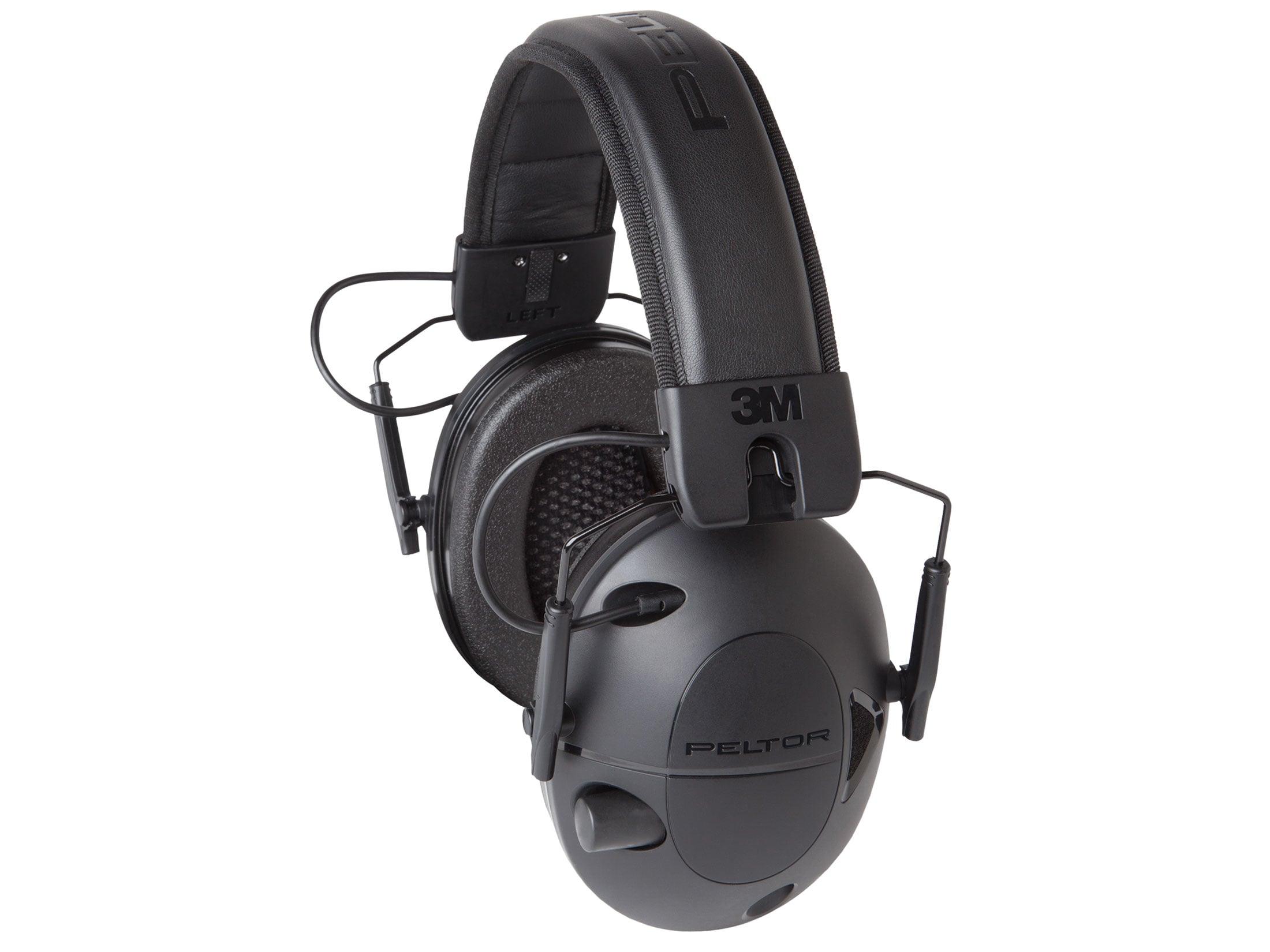I've said it before but I'll say it again for the newer reloaders if they've made it this far:
Using the pause or jump you'll see in chronographed speed increases doesn't necessarlily mean you have found the usable pressure peak for your brass. If you're not seeing ANY other pressure signs, it just means that you either found a node, or are getting out of one.
Anybody that has done a ladder test knows this.
There are 2 different reasons pressures fail to increase with each small increase of powder. The first one is a little above above my ability to explain, and involves rocket science. It is called the node and you want to be in the middle of it for best accuracy and consistency as long as you're not seeing traditional pressure signs such as flattened/ cratered/leaking primers (case head expansion, primer pockets loosening up & hard bolt lift means youve hit plastic limits of the brass and you shold back off a grain or more, and access why- wet brass or a wet chamber decreases the usable chamber expansion volume and will make pressure spike) ejector swipes, (all the normal stuff talked about here already). However, if the velocity is near or above published book values you should be cautious, pay attention, and probably not proceed. But I would not stop exactly AT a large velocity increase at published top speed- I'd back it down to the velocity pause that likely came before it if the primers and base of the brass still look good
The second is when you've reached the plastic limit of the the brass which makes the usable volume of the chamber change permanently upon firing- I. E. The brass did not spring back. That is a hard limit you should never go past (or even stay at).
This is why putting too much stock in speed increases (or lack therof) isn't as good for finding the pressure peak limit of the brass as signs that crop up earlier such as primer condition, unless you don't mind trashing a few pieces of brass and getting a little on the dangerous side. At that point, you've already ruined your brass' usable life.
So to reiterate for new reloaders: this is why I say look at 'all the above' for reading pressure. If you back off from from a load only because of a velocity pause, without seeing ANY other pressure signs, you've probably discarded what was potentially an accurate load.

 www.midwayusa.com
www.midwayusa.com

